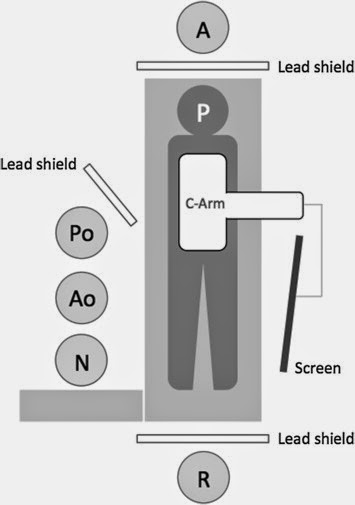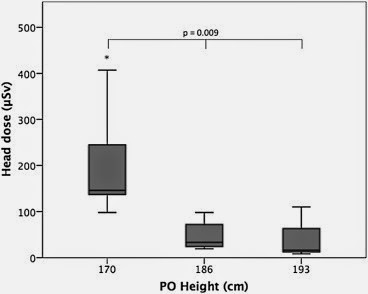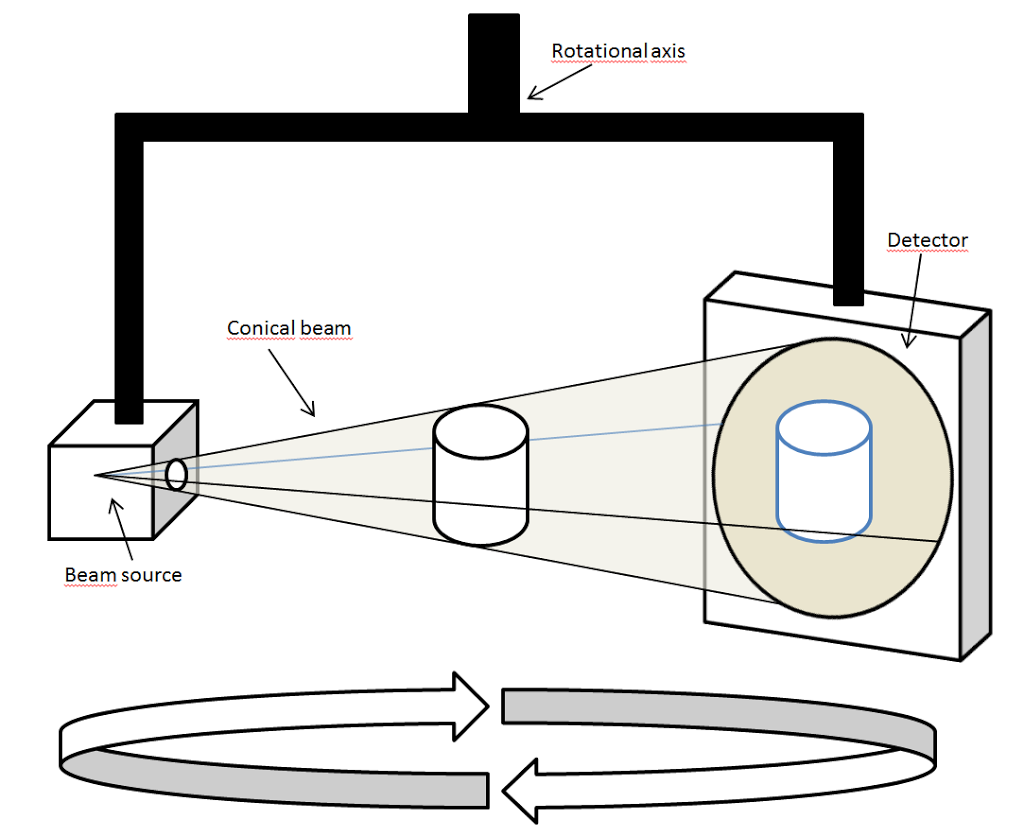Red: viabhan results becoming very close to open surgery; patency wise only (leave alone infection, zero a, and overall function.
Lymphoedema – a challanging situation
smoking .. best ever study
The world’s most famous cohort study, which won its two original authors a knighthood, was undertaken by Sir Austin Bradford Hill, Sir Richard Doll, and, latterly, Richard Peto. They followed up 40 000 British doctors divided into four cohorts (non-smokers, and light, moderate, and heavy smokers) using both all cause mortality (any death) and cause specific mortality (death from a particular disease) as outcome measures. Publication of their 10 year interim results in 1964, which showed a substantial excess in both lung cancer mortality and all cause mortality in smokers, with a “dose-response” relation (the more you smoke, the worse your chances of getting lung cancer), went a long way to showing that the link between smoking and ill health was causal rather than coincidental.31 The 20 year and 40 year results of this momentous study (which achieved an impressive 94% follow up of those recruited in 1951 and not known to have died) illustrate both the perils of smoking and the strength of evidence that can be obtained from a properly conducted cohort study.32 33
ruptured aneurysm – How do we manage?
This simulation has been produced to mimic the real time activity that take place upon arrival of a ruptured aneurysm patient (inn the ideal world). More to follow:
Are teams performing complex EVARs at higher radiation risk over their heads?
Angulation of the C-Arm During Complex Endovascular Aortic Procedures Increases Radiation Exposure to the Head
- Head dose was significantly higher in the PO compared with the AO (median 54 μSv [range 24–130 μSv] vs. 15 μSv [range 7–43 μSv], respectively; p = .022),
- as was over-lead body dose (median 80 μSv [range 37–163 μSv] vs. 32 μSv [range 6–48 μSv], respectively; p = .003).
- Corresponding under-lead doses were similar between operators (median 4 μSv [range 1–17 μSv] vs. 1 μSv [range 1–3 μSv], respectively;p = .222).
- Primary operator height, DSA acquisition time in left anterior oblique (LAO) position, and degrees of LAO angulation were independent predictors of PO head dose (p < .05).
Cone Beam Computed Tomography and EVAR
Intra-operative Cone Beam Computed Tomography can Help Avoid Reinterventions and Reduce CT Follow up after Infrarenal EVAR
Routine pre-op coronary angio pre- CEA: is it useful?
Long-term Results of a Randomized Controlled Trial Analyzing the Role of Systematic Pre-operative Coronary Angiography before Elective Carotid Endarterectomy in Patients with Asymptomatic Coronary Artery Disease
A propensity-matched comparison of outcomes for fenestrated endovascular aneurysm repair and open surgical repair of complex abdominal aortic aneurysms
- F-EVAR had higher 30 day mortality rates (9.5% vs. 2%),
- higher procedural complications (24% vs. 7%)
- and graft related complications (30% vs. 2%) than open surgery.








